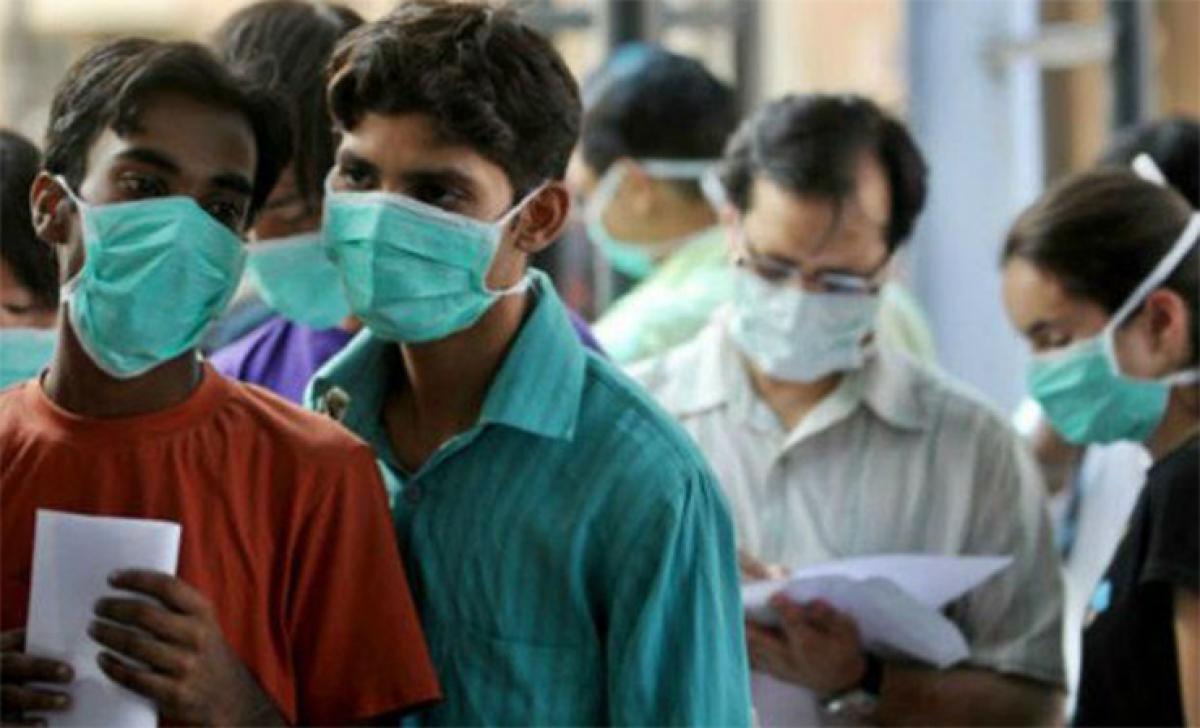Live
- OpenAI GPT-5 Launch: Expected Date, Upgrades, Price and More
- RBI sees India's GDP growth trend surging past 7 per cent
- Nifty Smallcap index registers fresh all-time high
- SC suspends Orissa Cong MLA's sentence in graft case
- RBI lists 6 factors powering India’s take-off to become world’s 3rd largest economy
- Multiple catalysts for re-rating across verticals as RIL exits fourth investment cycle: Morgan Stanley
- ISL announces tentative venue for 2023-24 final
- Indira Gandhi coined 'Gareebi Hatao' slogan, her grandson still repeating it: CM Yogi
- Pawan Kalyan’s assets up by 215 per cent, owns 11 vehicles
- Byju’s vs investors: NCLT defers hearing to June 6










